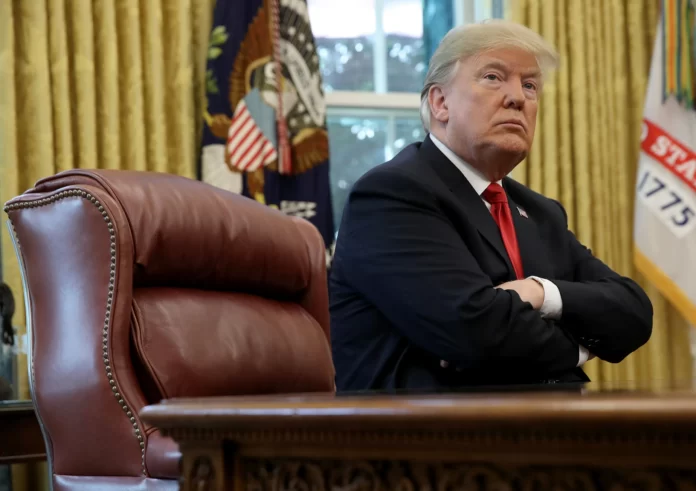In a dramatic policy shift, U.S. President Donald Trump on Wednesday announced a 90-day pause on newly imposed tariffs for most U.S. trading partners, lowering the rate to 10% to allow room for negotiations.
The exception was China, which now faces a sharp increase in tariffs—up from 104% to a staggering 125%, effective immediately. The move marked a notable reversal less than 24 hours after steeper reciprocal tariffs had been enacted on goods from nearly 90 countries.
Trump justified the aggressive stance toward China by citing the country’s “lack of respect” for global markets. “At some point, hopefully in the near future, China will realize that the days of ripping off the U.S.A., and other Countries, is no longer sustainable or acceptable,” he stated in a Truth Social post. The announcement came just hours after China announced retaliatory tariffs of 84% on American goods, escalating the ongoing trade conflict.
The temporary pause was welcomed by markets and trade partners alike. U.S. stock indices surged on the news, with the Dow Jones climbing 2,200 points (+5.9%), the S&P 500 rising by 6.5%, and the Nasdaq gaining over 8%.
It marked the S&P 500’s largest single-day increase in five years, offering a temporary reprieve from recent market volatility.
Treasury Secretary Scott Bessent, who was with Trump during the announcement, described the pause as “his strategy all along” and emphasized that Trump would be “personally involved” in upcoming negotiations. Commerce Secretary Howard Lutnick called the announcement “one of the most extraordinary Truth posts of his presidency.”
Despite the temporary relief, many economists remain cautious. Joe Brusuelas, chief economist at RSM US, warned, “The [US] economy is still likely to fall into recession… All this does is postpone temporarily what will likely be a series of punitive import taxes.”
While the 90-day window offers hope for diplomatic breakthroughs, significant tariffs remain on steel, aluminum, and automobiles. Additional duties on sectors like lumber, pharmaceuticals, and copper are also under consideration, adding to the uncertainty facing global trade partners.
Trump claims more than 75 countries have contacted U.S. officials to open talks. Whether these negotiations bear fruit or reignite tensions will define the trajectory of global trade in the months ahead.























